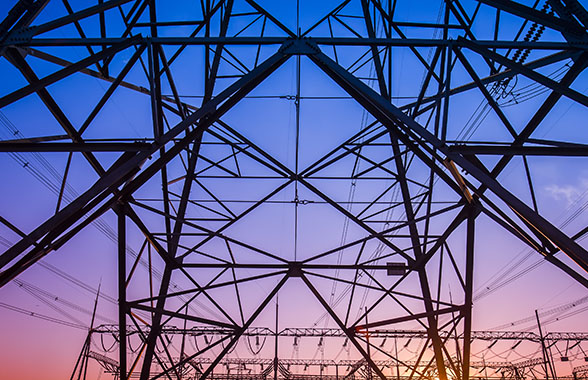By participating in a VPP, Echuca Regional Health can regularly test its backup power capabilities at times and in conditions when grid emergencies are most likely to occur, providing the truest test of emergency preparedness and resilience to grid disruptions. Hooper said, “A benefit is that you run your generators during a time you’re likely running a hefty load. The key is, you’re being asked to run your generator when the grid still has power. It’s an excellent tool for testing and ironing out any assumptions made around reliability at a time when you wouldn’t normally run your generator.”
“The reality is that if the grid fails, it’s probably going to be on a hot summer day right when you don’t want it to. VPP participation gives us the strength of conviction to know on a hot day where we’re running a high load, that our generators can do the job.”
“There have been events where through this program we’ve found some issues we didn’t know existed, and the consequence has been far less than had it occurred at a time when we’d lost power. So, ironing out those problems means that when you lose power and need to run your generator sets, you know the resilience is there because all those issues are sorted.”
“We’re required to run our generators on load anyway, so if we’re doing it already as part of VPP participation, then we can then defer our weekly test because we’ve already met the requirements of the Australian standards to test them on load.” he added.







